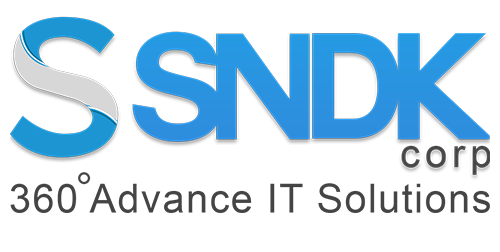Blog
A Detailed Guide For Nagios: Architecture, Application Tools & FAQs
Nagios is a network, program, and server management platform that is free and open source. It can diagnose and fix infrastructure problems, as well as prevent potential problems from affecting end users. It displays the current state and efficiency of your IT infrastructure. Nagios keeps an eye on the entire IT infrastructure to ensure that all your systems, software, utilities, and business processes are up and running.
Continuous monitoring
Continuous monitoring is a mechanism for detecting, reporting, and responding to all attacks on the infrastructure. The task of constant monitoring kicks in once the application is deployed to the server. The entire process revolves around maintaining and responding to the company’s infrastructure. When the production servers are deployed, continuous monitoring begins.
Need of Nagios Tool
Nagios has the following features that make it appealing to a wide range of users- Nagios can keep track of SQL Server, Oracle, Mysql, and Postgres databases. It provides information at the application stage (Apache, Postfix, LDAP, Citrix, etc.). Nagios delivers an extensive and involved group that provides outstanding support. Nagios is compatible with any operating system. It assists you in identifying the source of the problem, allowing you to find a long-term solution.
Nagios helps in Monitoring the entire infrastructure and business processes continuously. It also allows you to keep track of server output and troubleshoot problems.
History of Nagios
1996-Ethan Galstad builds a new application for Linux OS based on the ideas and design of his previous work. In 1999 the plugins that were initially released as part of the NetSuite distribution are now available as a separate project called Nagios Plugins. Due to copyright problems with the name “NetSaint,” Ethan renamed the project “Nagios” in 2002. In June 2005, Nagios was named Project of the Month on SourceForge.net. Nagios Enterprises launches Nagios XI, the first commercial version, in 2009. In 2016 the foundation of Nagios had been downloaded over 7,500,000 times directly from the SourceForge.net website.
Features of Nagios
Nagios is a customizable, functional, and safe monitoring system. It has a good database and log system. Nagios has a user-friendly and informative web interface, and it sends out updates when a condition changes. Using Nagios, you can track the entire business process and IT infrastructure in a single pass. Writing new plugins in the language of your choice is simple, thanks to the product’s architecture.
Architecture
Nagios is built on a client-server model. A Nagios server is typically running on a network host, with plugins running on all remote hosts that should be controlled. Nagios plugins have low-level intelligence about how to use Nagios Core to track anything and anything. A database connected to Nagios to hold a log file is also needed. The web pages created by CGI are displayed using a Nagios GUI.
Installation of Nagios Tools
AWS
Step 1) Go to https://aws.amazon.com/marketplace/pp/B0773T3529 and press Subscribe Now.
Step 2) Read and accept the terms.
Step 3) A subscription pending message will appear.
Step 4) After a few minutes, go back to the same page and press “Continue to Configuration.”
Step 5) Press Continue to Launch with the default settings.
Step 6) Double-check your settings. Could you create a new Key and open it?
Step 7) Make a note of your instance’s public DNS.
Step 8) To convert a pem file to a PPK file on a Windows computer, use the putty generator function.
Step 9) Input the public DNS in putty.
Step 10) Click open after entering the PPK key in the Auth section.
Step 11) In the terminal, type ubuntu as your login name.
Execute this instruction. nagiosadmin sudo htpasswd -c /etc/nagios3/htpasswd.users
Step 12) Open your browser and navigate to http://Public DNS>/nagios3, in my case http://ec2-54-209-48-136.compute-1.amazonaws.com/nagios3/.
Application of Nagios
The Nagios application monitoring tool is a health check and monitoring device for a typical Data Center, and it includes a wide range of equipment, including Nodes in the server and network; from a single console, you can control all of your applications.
With transaction-level insights, you can track your application, Middleware and Messaging Components can Be Monitored, Reports and dashboards that can be customized, Backup Power Supply (UPS).
Conclusion
There are thousands of Nagios projects available to help you build the ideal monitoring system. The vast network and community involved in plugin creation, contributions to the Core monitoring engine, and advanced visualizations is one thing that enables Nagios to continue to improve.
FAQs
Using the built-in monitoring wizards, the thousands of free plugins on the Nagios Exchange, or custom plugins you build for less popular devices/applications, Nagios XI can track just about everything.
Yes, you can use it to automate a lot of stuff! Take a look at the ‘Help’ menu for some examples of various use cases.
Email, SMS, and everything else you can program yourself.
